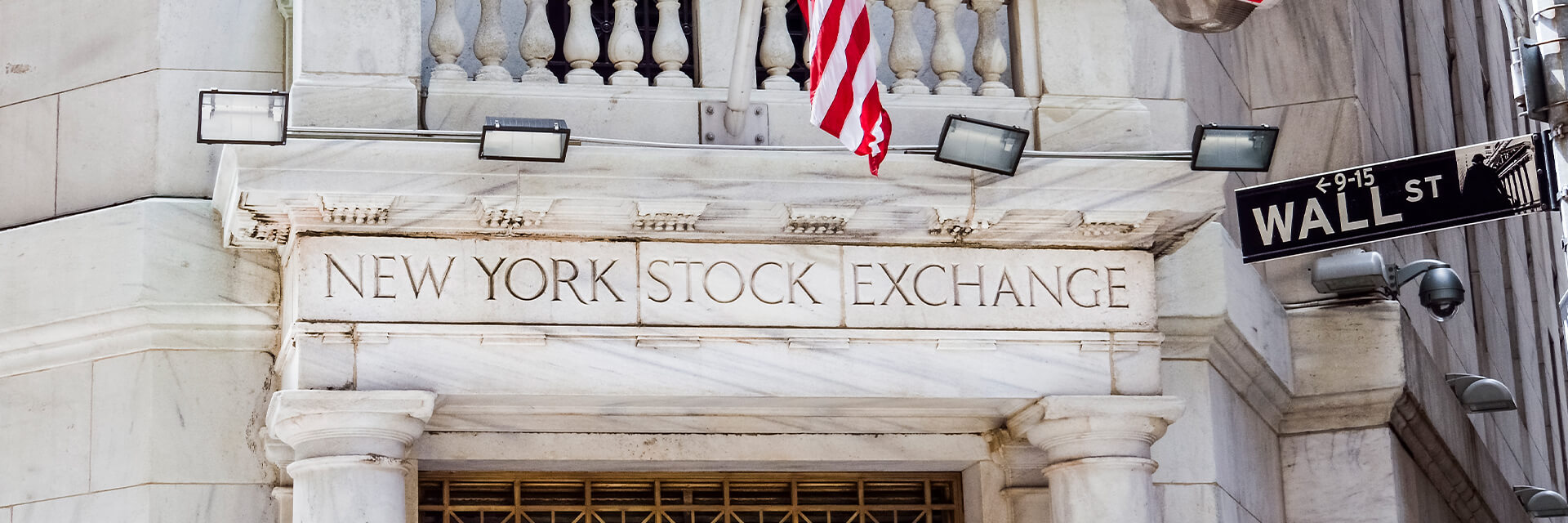
Trends Watch: June 28, 2018
- Published
- Jun 28, 2018
- Share
EisnerAmper’s Trends Watch is a weekly entry to our Alternative Investments Intelligence blog, featuring the views and insights of executives from alternative investment firms. If you’re interested in being featured, please contact Elana Margulies-Snyderman.
This week, Elana talks to David Storrs, President & CEO, Alternative Investment Group.
What is your outlook for alternatives?
The main alternative categories are booming and we expect that trend to continue.
Especially with the stock market slowing, investors are looking for ways to earn higher returns. Private equity offers that opportunity since the manager can take advantage of synergies and has the advantage of long time horizons. Private equity’s available capital today exceeds one trillion dollars and we are seeing record fundraising.
Venture capital also has tremendous advantages over public equities and investors are making larger commitments. Google, Uber, Tencent, Baidu and many others started as venture-funded companies and have achieved extraordinary returns, showing investors what can be achieved by talented venture managers. The largest firms with top quartile performance are gaining the bulk of new commitments, but many of them are closed to new investors and scarcity is also stimulating interest.
In the public markets, hedge funds continue to grow and recently passed the $3 trillion AUM mark. Many investors reduced their holdings when hedge funds lagged during the 2009-2017 stock market boom, but more sophisticated investors know that will always be the case in a straight-up market. With growing concern about political, economic, and market risk, hedge fund investors find attractive the power of hedging to mitigate losses during severe (50%) down equity market periods like 2001-2002 and 2007-2009.
What is your outlook for the economy?
In the short term, the economy appears strong. U.S. employment has increased every month for the last 92 months and unemployment has declined from 10% at the beginning of former U.S. President Barack Obama’s term to 3.8% today. Economic growth may get a short-term boost from the tax cuts, but over the longer term, it seems to be stuck in the 2%+ area, far behind the growth rate of Asia, whose economy is now larger than ours. Our biggest concern is the fiscal situation in the U.S. The U.S. debt-to-GDP ratio has risen from 60% to over 100% since 2004 and with federal deficits rising rapidly and short- and long-term interest rates rising, there is a significant risk that the U.S. economy will stall for lack of capital.
What keeps you up at night?
Lots of things could derail the current success. Inflation is rising rapidly (already over 3% by some measures), stocks (especially large cap growth stocks) are trading at generous multiples, China is increasing their control of Asia, Russia can be a problem in several ways (Mueller report, 2018 election), and a tariff tit-for-tat war could all harm the Goldilocks environment we are currently in.
What's on Your Mind?
Start a conversation with Elana
Receive the latest business insights, analysis, and perspectives from EisnerAmper professionals.












